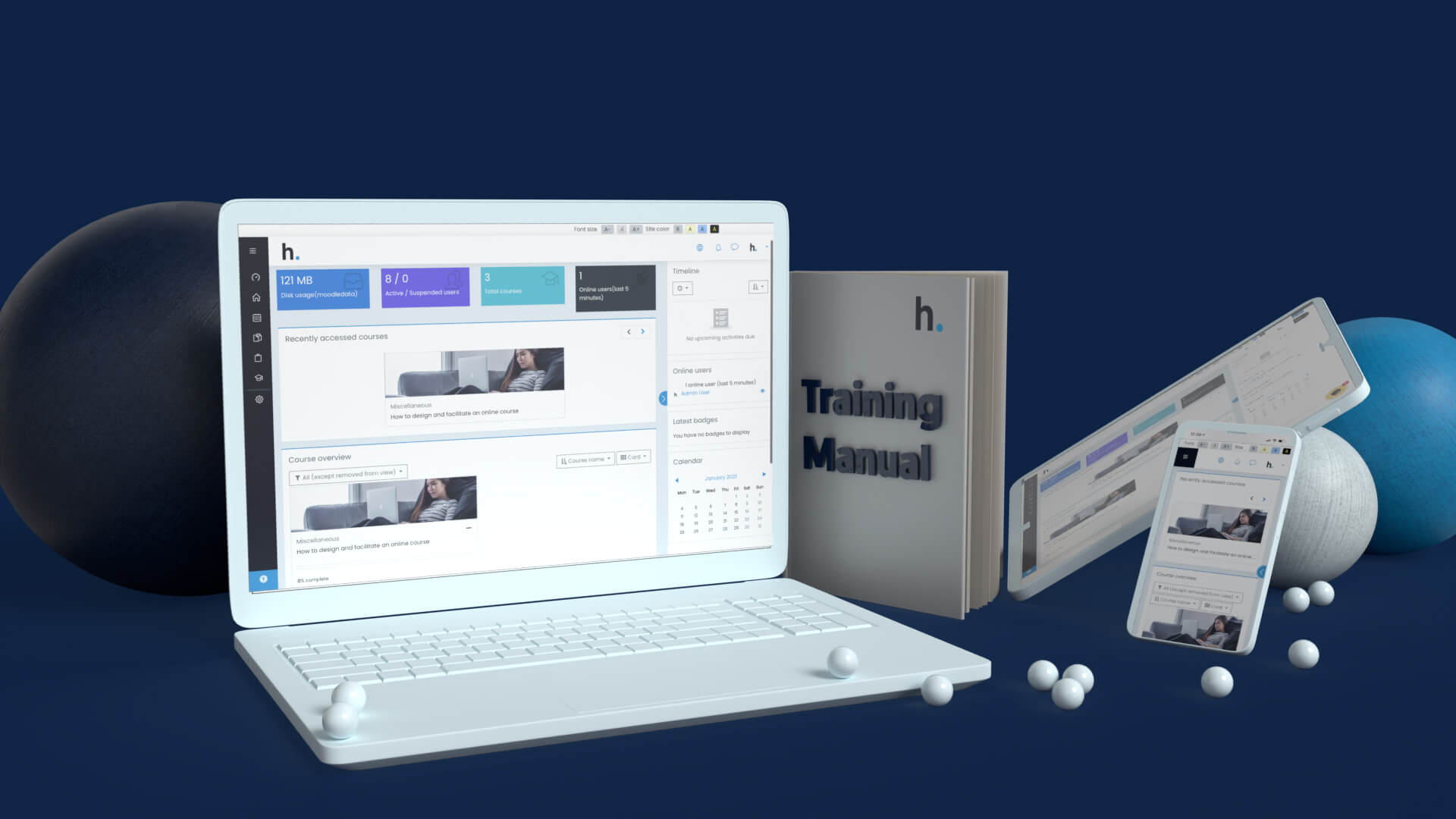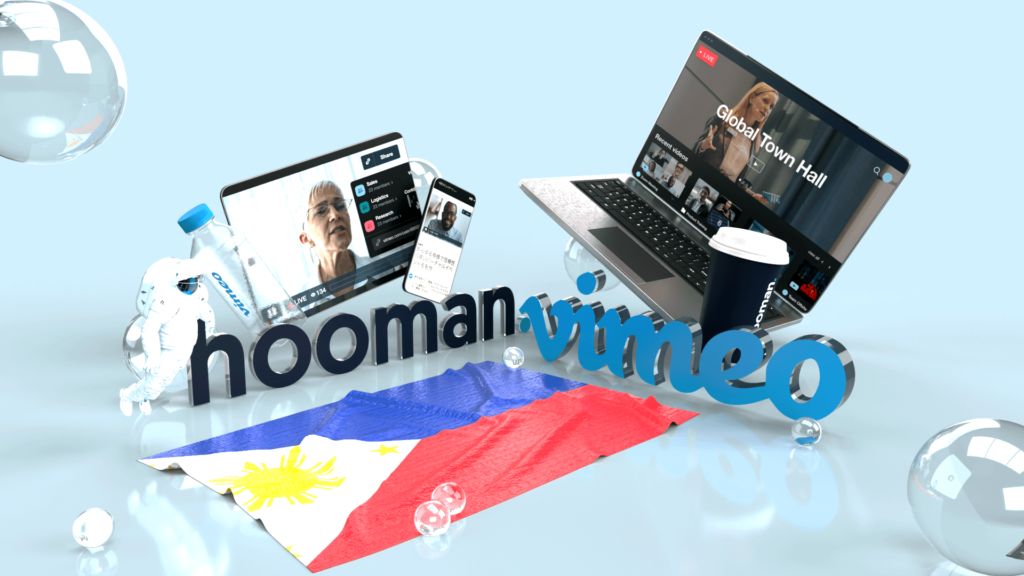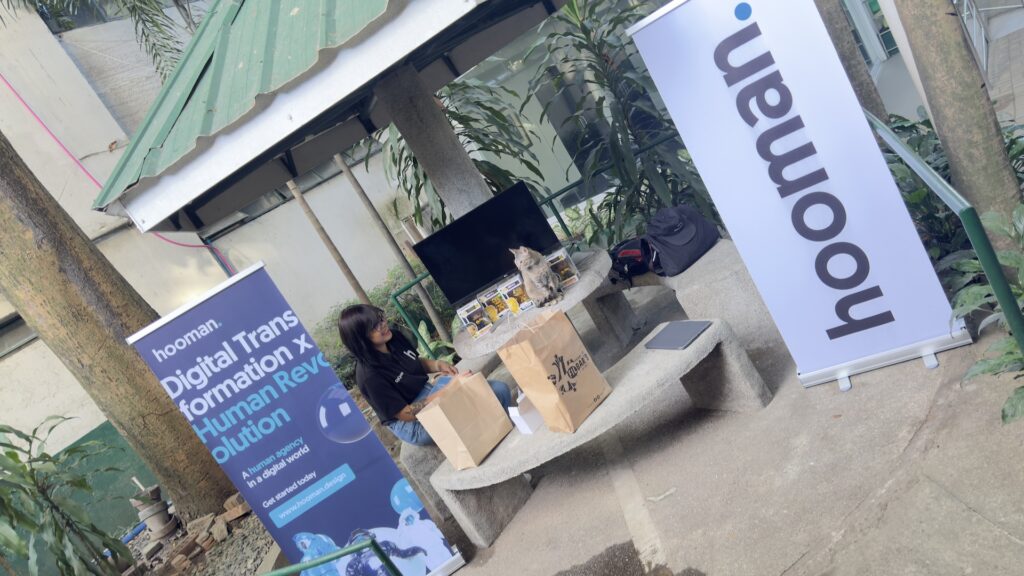Professional Education in the Philippines
The Philippines is a global leader in learning, and it continues to attract a large number of students from around the world. This makes sense because of its reputation for quality education and a pleasant environment. However, while continuing professional education (CPE) has been accepted by most learners in the country since its inception decades ago, there are still challenges associated with traditional CPE platforms that need to be addressed by learning institutions if they want to continue offering effective CPE programs to their learners.
The Philippines as a Global Leader in Learning
The Philippines has a long history of learning and you can see this reflected in their CPE—they’re leaders in eLearning and digital transformation. CPE is changing as we enter the 4th Industrial Revolution, an era where technology plays a more prominent role in our lives than ever before. As businesses become more reliant on technology for efficiency and improved performance, so too do they need to ensure that their employees have access to quality education on new technologies like artificial intelligence (AI).
Continuing Professional Education Trends in the Philippines
Continuing Professional Education (CPE) is a critical part of professional development. It can be done online, in person, or a combination of both. CPE is important for all levels of professionals, from entry-level to senior management.
The Philippines has been trying to cope in digital transformation and innovation through technology, content creation, and delivery systems that allows professionals to attempt to be at par with other workforces around the world. Though the recent pandemic caused an acceleration in terms of adoption, access and availability to such systems is still a challenge these days and it appears to still be a struggle for professionals to keep learning.
Enabling an Effective Continual Learning Experience for Professionals
CPE is a great way to keep up with the latest trends in your industry. It can help you stay marketable and relevant in your field, which will help you build your personal brand. CPE also helps professionals stay up-to-date on new technologies and techniques so they can continue to grow their professional knowledge base.
Challenges affiliated with traditional continuing professional education
Traditional continuing professional education (CPE) is expensive, not accessible to everyone, and not flexible. This can be a major roadblock for organizations looking to improve their workforce skillsets or transform their business models through digital transformation. Traditional CPE doesn’t promote the use of new technologies or social learning methods like e-learning, social media, and gamification. These are just some of the many ways that digital transformation elevates continuing professional education in order to foster innovation in today’s business landscape and prepare employees for tomorrow’s workforce demands
The Impact of Digital Transformation on Continuing Professional Education
Digital transformation has changed the way we learn, teach, work and live in ways that are still being discovered. It’s clear to see that the impact of digital transformation on CPE is significant but not yet fully understood.
CPE has been traditionally defined as professional development focused on lifelong learning to enhance personal and professional skills or competencies for career advancement. While this definition may remain relevant today, it does not reflect how digital transformation is changing our world at large—and CPEs need to evolve at this rapid pace in order for them to stay relevant in their industry context.
CPE and digital transformation in the Philippines
CPE and digital transformation are key enablers for continuing professional education. Digital transformation has allowed us to reimagine continuing professional education not only in the Philippines but elsewhere as well. It’s an exciting time to be a student or practitioner because new technologies are making it possible for people of all ages and backgrounds to access content anytime, anywhere via mobile devices, computers or tablets.
While there is no single solution that works best for all learners or companies interested in implementing CPE programs, there are areas where communication technology can help organizations achieve greater results:
Employee engagement – employees who have access to relevant information at their fingertips will spend more time learning from their colleagues than reading from printed materials; this leads directly to increased employee retention rates as well as productivity improvements across many functions within an organization.
Learner success – if learners have easy access not only within classrooms but also outside them (via mobile devices), they may be more likely to choose classes based on their needs rather than those offered by other institutions.
Retention rates – when learners feel comfortable accessing course content anytime/anywhere then they tend to need fewer support services like tutoring services during breaks which helps reduce costs associated with maintaining these programs.
Digital transformation and continuing professional education platforms
Digital transformation is changing the way we think about continuing professional education. For example, it has enabled us to reimagine our CPE offerings not only in the Philippines but elsewhere as well. This shift is not just limited to people with a computer science background; it can also be seen among those who have no formal training in computers at all! The possibilities are endless when you consider how technology can further enhance your learning experience—whether it’s via a Learning Management System, video conferencing, or virtual reality (VR).
CPE platforms provide an excellent means for delivering digital learning experiences that are both engaging and relevant for professionals seeking new ways of learning on their own time schedule.
The impact of digital transformation in the Philippines on CPE
Digital transformation has had a profound impact on the way we learn and experience CPE.
Learning institutions have begun to embrace digital learning as a way of driving innovation, improving student retention, and fostering lifelong learning experiences for learners.
The learner experience is becoming more personalized through technologies such as virtual reality (VR) and augmented reality (AR), which enable students to move beyond the classroom walls by immersing themselves in simulations that enhance their learning experience outside of school hours. This can be achieved using tools such as Google Expeditions or Microsoft Hololens, which allow learners to explore places they’ve never been before while they learn about geography or history through virtual tours so that they can see how things were done back then—and now.
The learner journey has also changed drastically with social media integration into many programs being offered by organizations today; this allows participants from all over the world who may not even know each other personally yet still have access through social media platforms such as Facebook Messenger or WhatsApp groups where discussions happen around topics related specifically towards one person’s interests but simultaneously shared publicly within those groups so everyone else can see what others are saying too!
“Digital transformation has allowed us to reimagine continuing professional education not only in the Philippines but everywhere else too.”
Digital transformation has allowed us to reimagine continuing professional education not only in the Philippines but everywhere else too. In fact, the impact of digital transformation on education and learning is wide-ranging and profound.
For example, continuing professional development (CPD) is already widespread in many countries across the globe—but it’s also still relatively new to many countries like ours. Learning institutions can play a vital role in further improving the learner experience with their own unique offerings and policies that cater specifically to CPD needs.
While continuing professional education is already widespread in the Philippines, learning institutions can play a vital role in further improving the learner experience. Through digital transformation and continuous innovation, learning professionals can respond to the changing needs of professionals.
While most organizations have not yet fully embraced digital transformation as they attempt to transform their businesses or industries into more customer-centric organizations, learning institutions are well aware that an outdated approach will no longer work for them because their learners need constant access to relevant content and information regardless of where they are located around the world. This is why it’s important for them to think outside of traditional methods when designing courses or providing services that cater specifically to digital natives who want immediate access at any time – even if they don’t have internet access themselves.
Discovering Digital Transformation for Learning
The Philippines is a great place to live and work, but it’s not without its challenges. While there are many things that you can do as a business professional in this country, there are also some things you need to be aware of before starting your new career. One such challenge involves the lack of access to quality continuing education programs for professionals who work on digital projects, like software developers or data scientists. As technology continues to evolve at an exponential rate, so must your skills too. Luckily though, there are plenty of ways around this problem: online courses available through universities or MOOCs offered by major universities throughout the world.
Or better yet, you and your team can easily assemble your own Learning Management System to build your own personalized and customized learning experiences based on your professional objectives. Collaboration between HR Teams and Employees to have your own LMS will for sure kickstart a sustainable learning effort both for the company and the pros in it. Check out how our LMS Services can help you do this (without having to spend so much!). 👌







